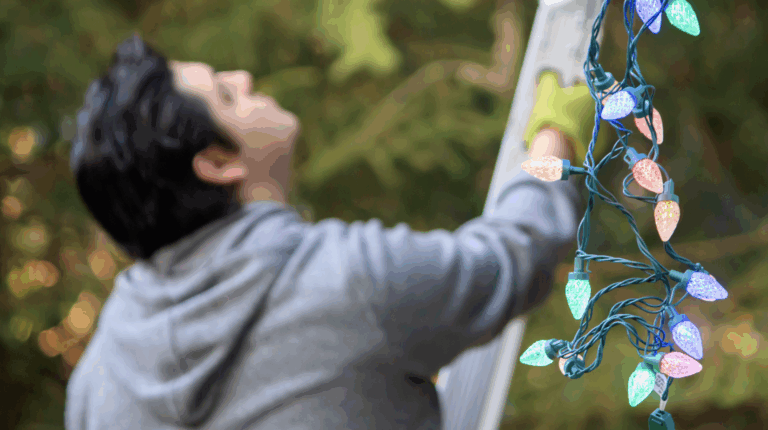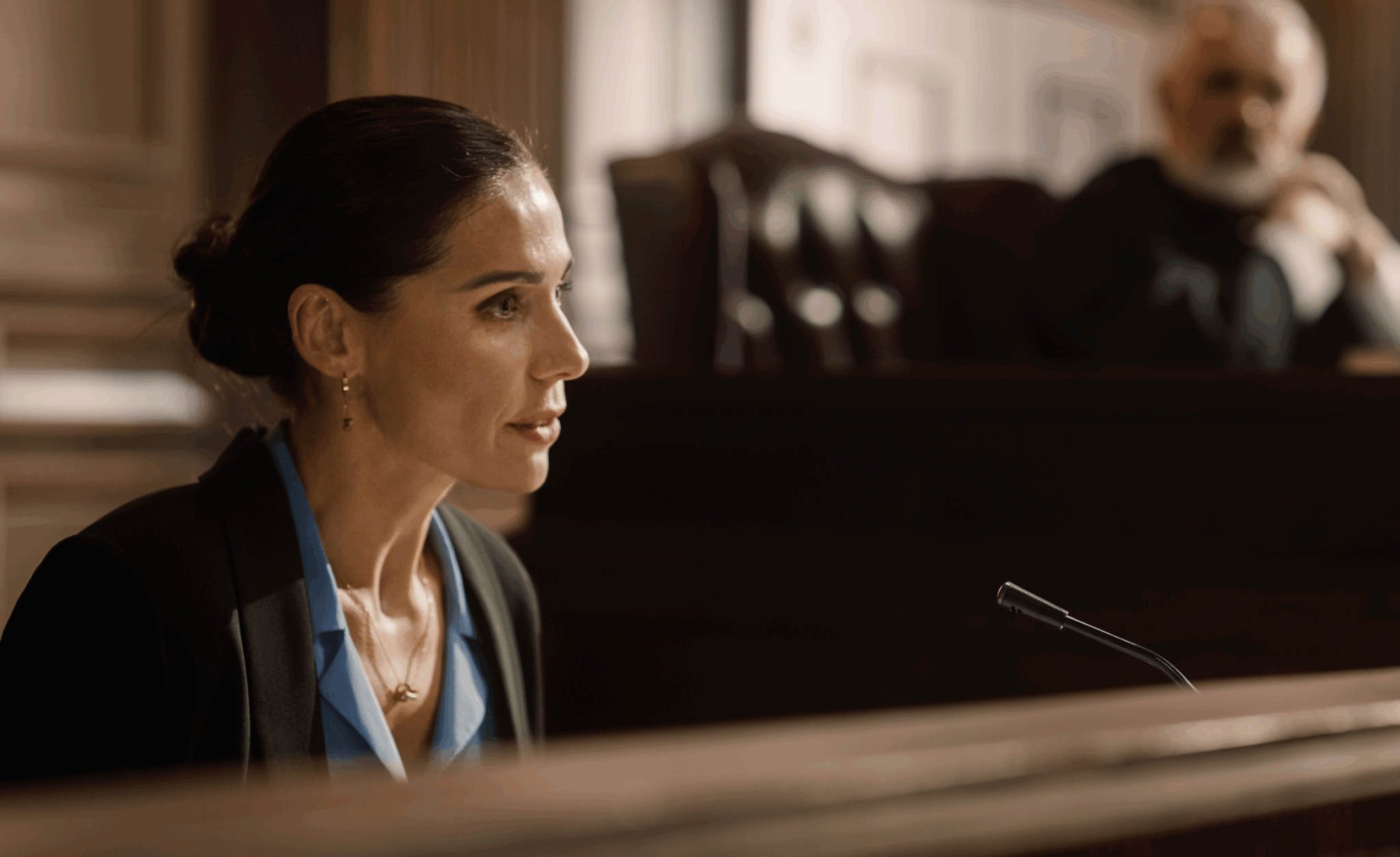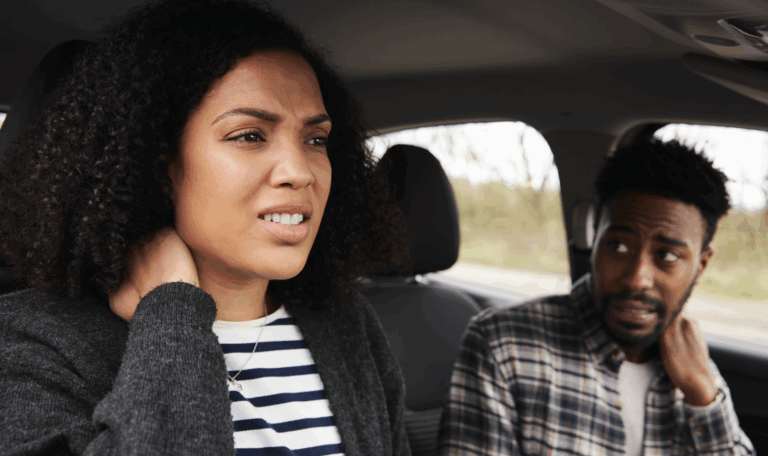Daylight saving time will end on Sunday, Nov. 5, at 2 a.m. At that time, clocks will move backwards one hour, resulting in earlier sunrises and sunsets. Unlike the beginning of daylight saving time, which shortens the weekend by one hour, the end of daylight saving time is welcomed by many people, as it means an extra hour of sleep and brighter mornings.
However, that seemingly minor change comes with an increased risk of car accidents. Studies show that both the beginning and end of daylight saving time can result in more crashes. Drivers lose an hour of sleep when clocks spring forward, but how can gaining one hour of sleep increase the risk of accidents? Studies suggest that it happens for two reasons:
- Behavior changes due to anticipating a longer day – Drivers who are anticipating a longer day and night due to the end of daylight saving time may be more likely to drive while sleepy or get behind the wheel after consuming alcohol.
- Not changing driving habits despite reduced visibility – For drivers in many parts of the country, the end of daylight saving time means a dark commute home. Drivers who fail to adapt to the reduced visibility in the evening are more likely to be involved in accidents.
The Texas auto accident lawyers at Daniel Stark Injury Law know that clocks springing forward and falling back are just two of many accident causes. We’re here to help any victims who were injured because of other drivers’ negligence, and our consultations are always free.




